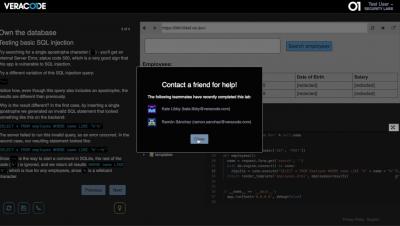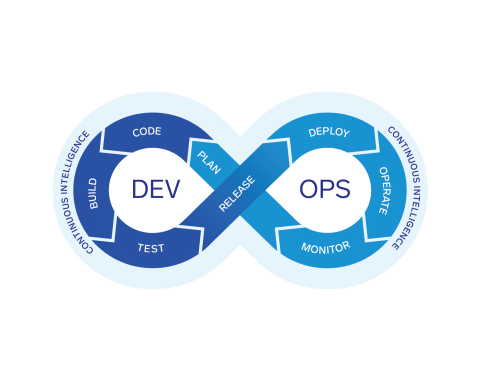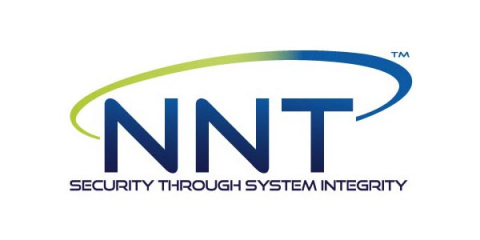Security | Threat Detection | Cyberattacks | DevSecOps | Compliance
DevSecOps
Veracode Security Labs: Hands-On Training To Shift Application Security Knowledge Left - Demo
Outpost24 webinar - Why security perfection is the enemy of DevSecOps
Continuous Intelligence for Atlassian tools and the DevSecOps Lifecycle (Part 1)
Make DevSecOps So: Cloud Enterprise+ on AWS Marketplace
JFrog is pleased to announce that our comprehensive Cloud Enterprise+ plan is now available on Amazon Web Services (AWS) Marketplace through Private Offers. JFrog Cloud Enterprise+ on AWS is a universal, highly-available SaaS offering of the JFrog Platform for demanding DevSecOps at global scale.
Veracode Security Labs
4 Ways to Increase Developer Buy-In of AppSec
DevSecOps vs. SecDevOps: A Rose by Any Other Name?
The terms DevSecOps and SecDevOps are often -- but not always -- used interchangeably. So is there any real difference between the two terms or is it all just semantics? Let’s look at how the role of security has changed as the software development life cycle (SDLC) has evolved to explore whether there’s really any difference between these two words.
Oracle and KPMG Urge the Adoption of DevSecOps in 2020 Cloud Threat Report
Oracle and KPMG recently issued their 2020 Cloud Threat Report that identifies the key security risks and challenges organizations are faced with as they implement and manage cloud solutions. The joint cloud and threat security report revealed a shift in attitudes towards cloud security, with 75% of respondents viewing the public cloud as more secure than their own data centers.
How to Move from a DevOps Approach to a DevSecOps Approach
DevOps and traditional security have historically operated with different schools of thought. In the past, security was seen as a hindrance to the DevOps process and the role of security was left to address at the end of an applications life cycle. But now, there’s a way to make security a part of your DevOps process without reducing speed or scalability – with the adoption of DevSecOps.








